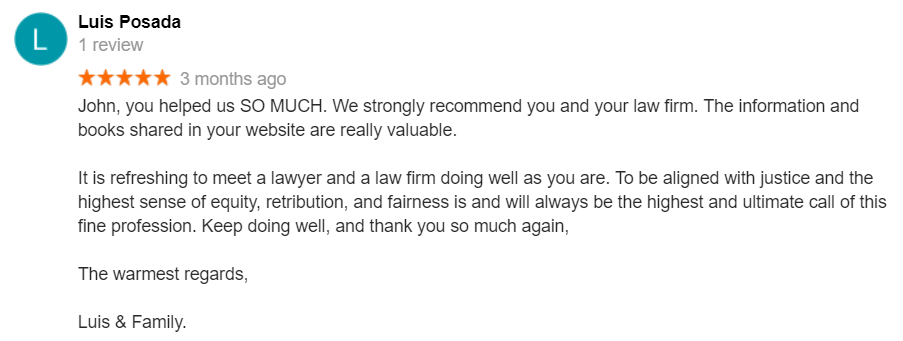If you have suffered a physical, emotional or psychological injury as a result of a car accident, medical malpractice, a slip and fall or any other types of personal injury claims, you may be entitled to what are called non-pecuniary damages. Non-pecuniary damages are what non-lawyer usually refer to as compensation for “pain and suffering”.
“Do I have to pay income tax on my settlement?”
One of the most common questions I am asked by clients who have received a personal injury settlement is whether they have to pay taxes on the money they have received for pain and suffering. Does the taxman take a cut?
No income tax on pain and suffering.
The short answer is no. The Canadian Revenue Agency(CRA) does not consider awards for pain and suffering taxable income. Whether it’s an out-of-court settlement or an award from a judge or jury, plaintiffs do not have to pay taxes on non-pecuniary damages. Similarly, any compensation received for hospital expenses, medications and interest generated by the award by the end date of the court decision are also non-taxable.
This makes sense when you think about it. Income tax is only paid on taxable income. An award of compensation for pain and suffering isn’t income. It is an amount of money that is supposed to reimburse you for a loss.
If you invest the compensation the income is taxable
However, if you invest your pain and suffering award for interest, profit or gain, the gain is taxable. For example, say you are awarded $100,000 in non-pecuniary damages for “pain and suffering”. If you invest the $100,000 in stocks and earn 5 percent in a year, the $5,000 you earn each year would be taxable.
Structured settlements are not taxable
To avoid paying taxes, some people opt to receive a lump sum settlement in a structured annuity. This is referred to as a “structured settlement”. An annuity allows you to receive periodic payments over a specified period of time. All of the payments, including interest, are tax free.
The following is the criteria for a lump sum settlement in a structured annuity:
- The award must be made in respect to personal injury or death
- Plaintiff and insurer must agree on whether the monies paid will be periodic, fixed or life term
- The insurer must purchase an annuity contract that is nontransferable (meaning you can’t transfer the payments to someone else), noncommutable (meaning you can’t switch the periodic payments back to a lump sum) and nonassignable (meaning the contract can’t be assigned to a third party).
- The insurer must remain liable to make payouts according to the agreed settlement
“How much is my Pain and Suffering worth in Canada?”
Unlike the United States, million-dollar awards for pain and suffering settlements are rare in Canada. Currently, the most compensation you can recover in Canada for pain and suffering is about $350,000.
In 1978 the Supreme Court of Canada issued three decisions (commonly referred to as “The Trilogy”) that placed a limit on the maximum amount of compensation a plaintiff was entitled to receive for non-pecuniary damages for “pain and suffering.” In The Trilogy the Supreme Court decided that the maximum compensation award for pain and suffering should be set at $100,000.
Adjusted for inflation
Since 1978, the maximum award has been adjusted upwards to account for inflation so that today the maximum award for non-pecuniary damages is around $350,000.00.











